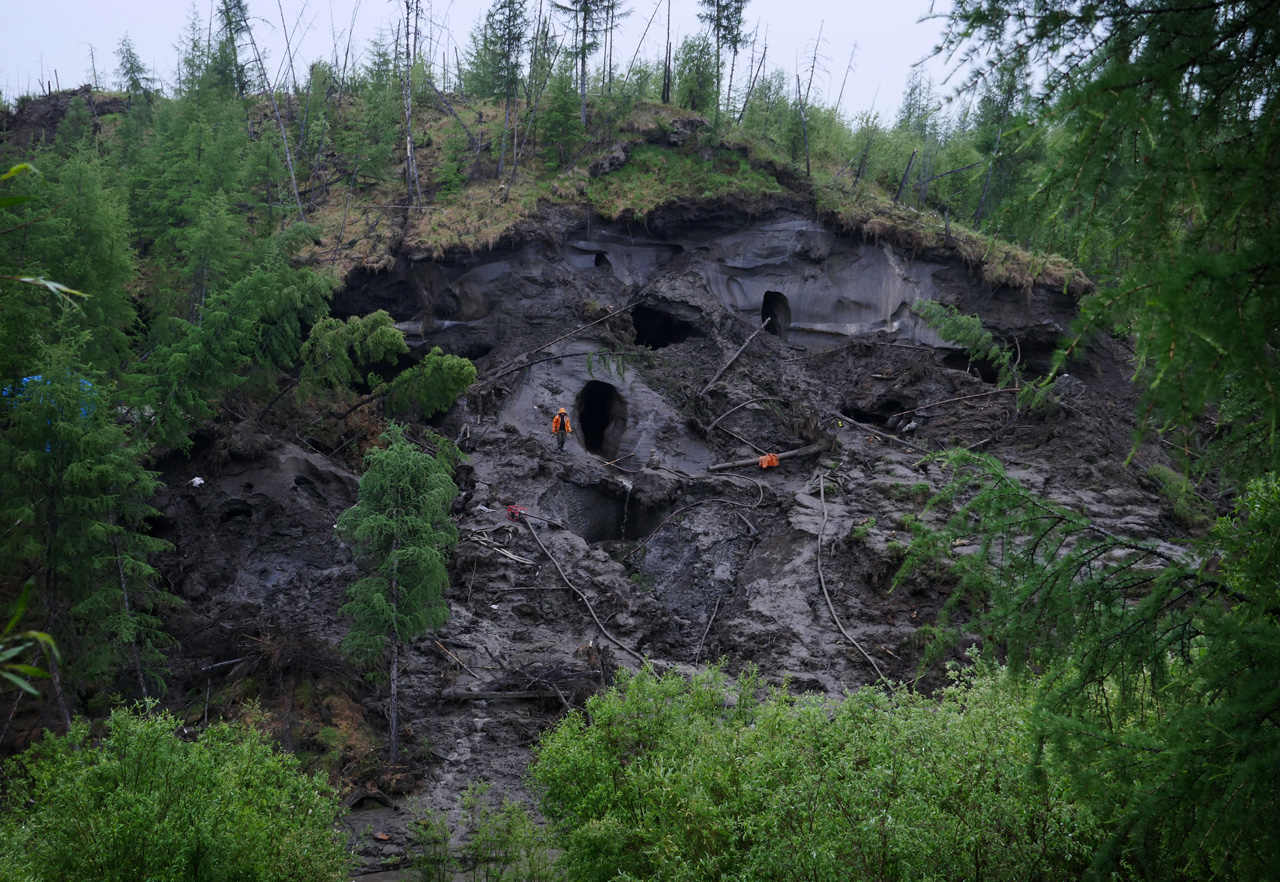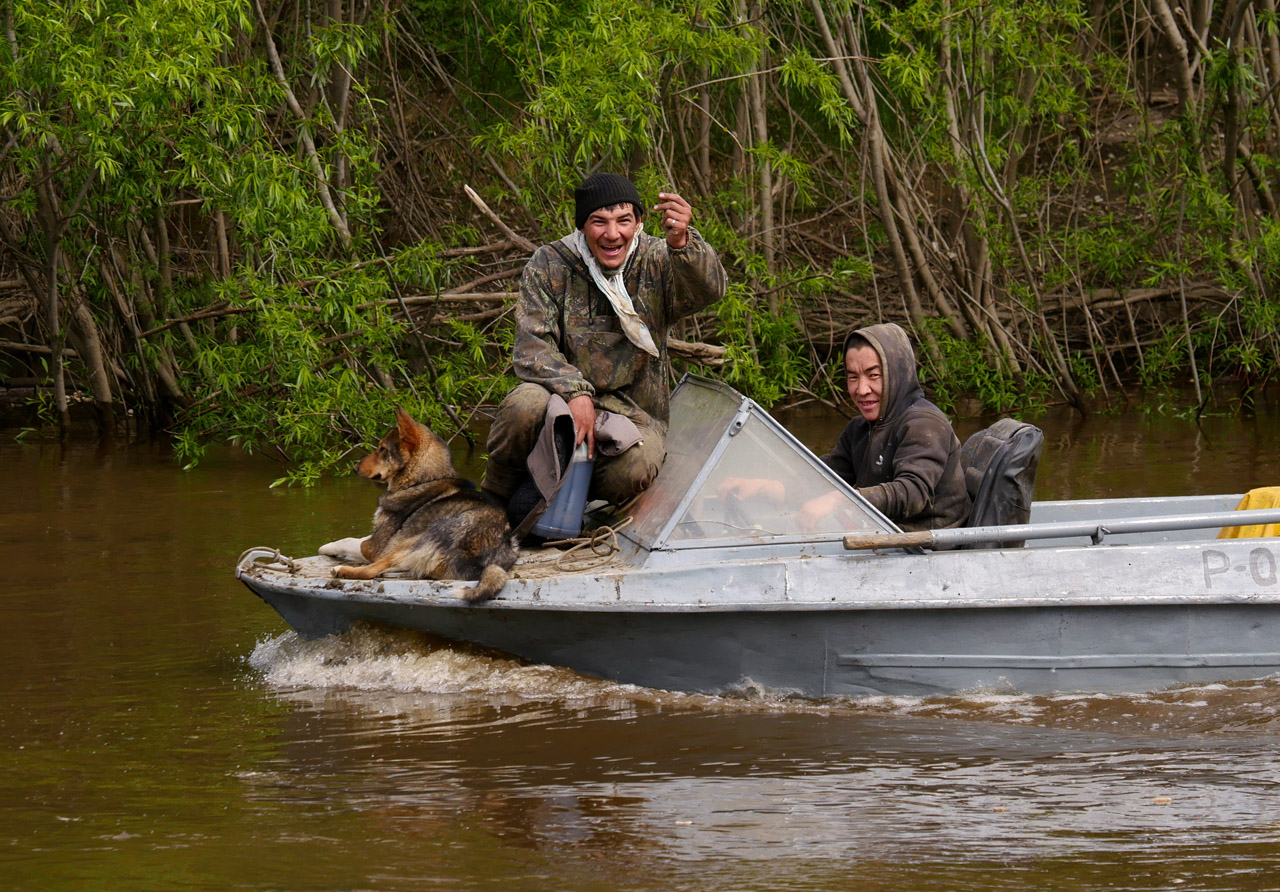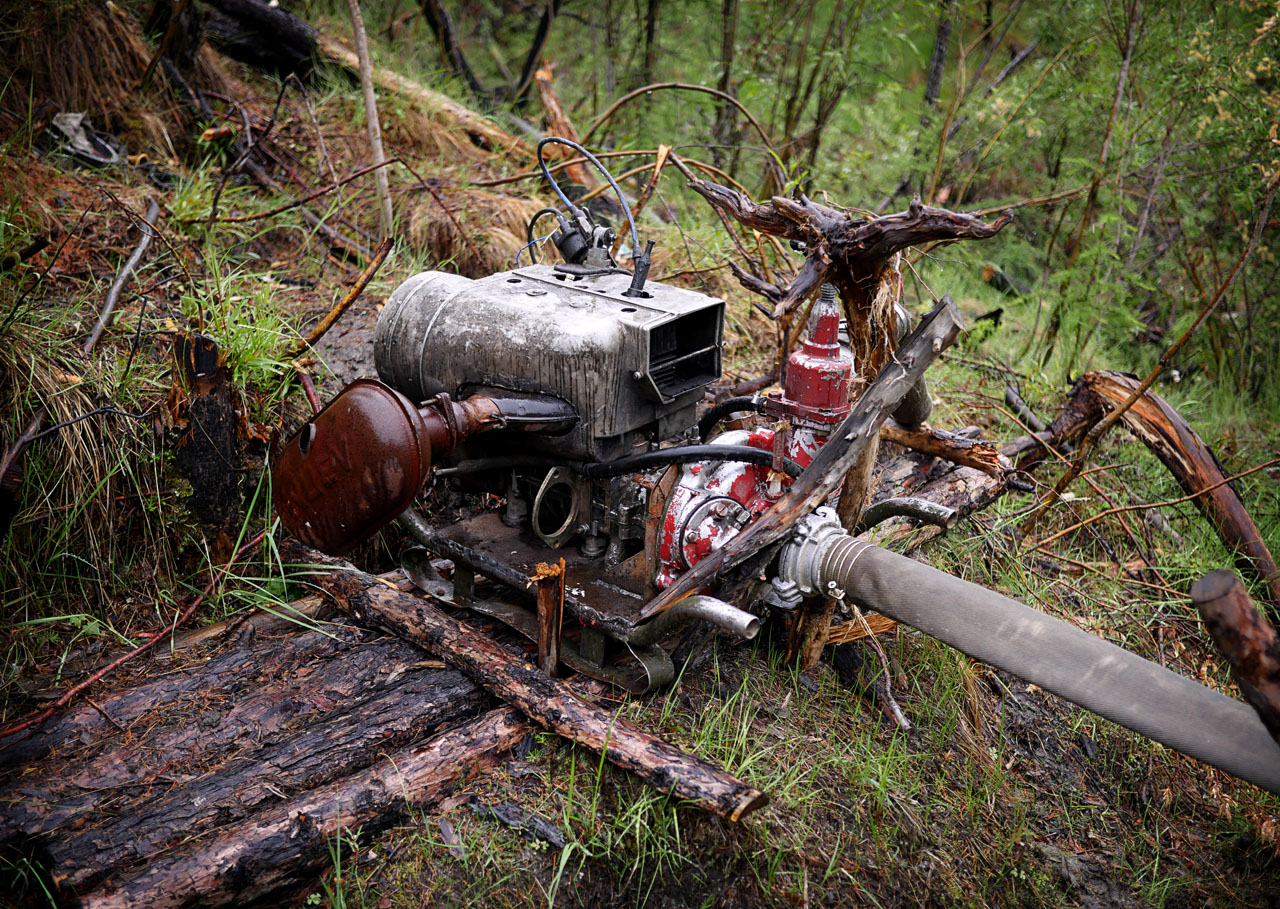
THE MAMMOTH STEPPE
The "Mammoth Steppe" was the woolly mammoth's natural habitat between 12,000 and 100,000 years ago, during the so-called glacial maximum.










With the sale of elephant tusks under close scrutiny, “ethical ivory” from the extinct woolly mammoth is now feeding an insatiable market in China. This rush on mammoth ivory is luring a fresh breed of miner – the tusker – into the Russian wilderness and creating dollar millionaires in some of the poorest villages of Siberia.
On condition that he not reveal names or exact locations, RFE/RL photographer Amos Chapple gained exclusive access to one site where between bouts of vodka-fueled chaos and days spent evading police patrols, teams of men are using illegal new methods in the hunt for what remains of Siberia's lost giants.

The "Mammoth Steppe" was the woolly mammoth's natural habitat between 12,000 and 100,000 years ago, during the so-called glacial maximum.
































Tuskers siphon water from nearby rivers and blast it into the permafrost, boring their way to riches.

